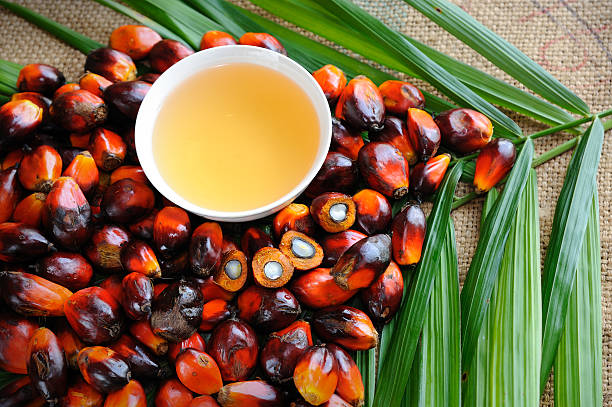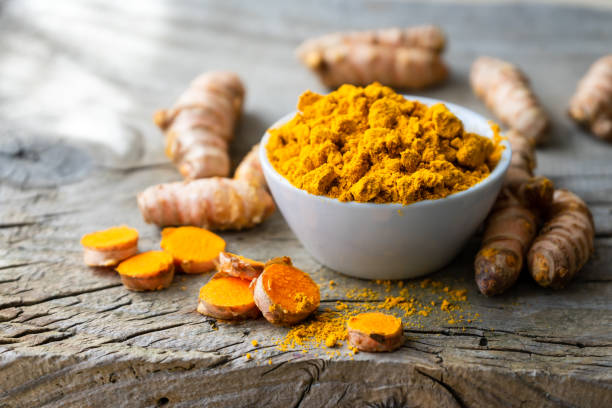Have you ever tried grilled salmon? If not, then it’s about time! When grilled, the salmon fillet not only becomes particularly juicy but also develops its full aroma. We give creative grilling tips for maximum grilling pleasure
Crispy on the outside, juicy on the inside: grilled salmon
Variant 1: Grilled pure on the skin
Ask the fishmonger to give you some nice pieces of salmon with skin. Because grilling salmon on the skin has several advantages: on the one hand, the skin offers heat protection so that the fish stays nice and juicy; on the other hand, the fish, brushed with heat-resistant oil, does not stick to the grill. All you need for this easy grill dish is a fresh skinned salmon fillet, some oil, salt, pepper, and of course a hot grill. Brush the fish and grid with oil and place the salmon, skin side down, on the grid for about 2 to 3 minutes, season with salt and pepper. And leave it alone! Because it is only turned once, even if the skin burns slightly. After flipping, move the salmon to a less hot part of the grill and wait for another 1 to 2 minutes. Then comes the finger test: if the fillet gives way when you press it, it’s still pink on the inside. If you like, drizzle some lemon juice over it – done! Serve with a green salad or cucumber salad with dill.

Variant 2: “Salmon Knot”
The hearty variant of the salmon parcel: The “Salmon Knot” is grilled on the skin and is particularly crispy. For a packet of salmon, you need two decent-skinned salmon sides of the same size (if you’re grilling for more than one person, the amount will have to be multiplied, of course).
Before you tie the salmon sides together, stuff them with anything you crave: how about garlic, lemon, tomatoes, and rosemary? Tie the two salmon halves on top of each other with kitchen twine just tight enough to hold them together.
For the laced packet of salmon, the grill can be really hot, because the skin acts as a heat shield and protects the fish from drying out. Leave the salmon packet skin side down for a few minutes before turning. After a few more minutes, the salmon knot is done. If you want to be absolutely sure, use a meat thermometer: if the salmon pack reaches 55 degrees Celsius, the fish is done.
It is best to grill the side dishes at the same time: broccoli, courgettes or mushrooms taste good with the fresh salmon.
Variant 3: Salmon from the wooden plank
Our Scandinavian neighbors show us how: salmon from the wooden plank is part of the standard repertoire in Norway. And rightly so, because grilled over cedar or aspen wood, the salmon stays juicy and delicately pink on the inside and crispy on the outside. The plank gives the fish a special wood aroma.
You can get special untreated wooden grill planks, for example, from well-stocked specialist shops or from specialized online retailers. Place this wooden plank in water for one to two hours before grilling, before placing the salmon fillet on it. You can let your imagination run wild when it comes to seasoning – whether puristic with salt, pepper, and lemon or exotic with teriyaki sauce, lime and sesame – discover your favorite variant of the plank salmon!
Variant 4: Marinated salmon skewers
Quick and healthy finger food from the grill: the salmon skewers are easy to eat with your hands and are ideal for a summer party in the garden.
To prevent the wooden sticks for the skewers from burning, soak them in water for about half an hour before grilling. Meanwhile, cut the salmon fillet (amount depending on the number of guests) into bite-sized cubes. Season the cubes with salt and pepper and thread them onto the skewers, spaced slightly apart. Brushed with a little high-heat oil, the skewers can be easily removed from the grill. After just 2 minutes and frequent turning, the appetizing skewers are ready! If you like, you can soak the salmon cubes in cream for half an hour. This makes them particularly tender.

Salmon: a healthy catch
According to the German Society for Nutrition, fish should be on the menu once or twice a week, at least half of which are fatty fish species such as salmon. It naturally contains a variety of components that have a positive effect on different parts of our body. Salmon is one of the richest sources of Omega 3 in our diet. Our body does not produce omega 3 itself, it can only be supplied to the body from outside through an appropriate diet, such as salmon. Omega 3 has a positive effect on the functioning of the cardiovascular system and the brain.
The increasing demand for salmon can no longer be met by wild salmon alone. Therefore, the fish increasingly comes from aquaculture. Norway, the main producer of salmon, has completely switched to aquaculture. The philosophy behind this is not to take more from the sea than can grow back. Farmed salmon has long had a reputation for being heavily contaminated with antibiotic residues. Today, however, no antibiotics are used at all: in the same time that salmon production has grown from 50,000 tons to 1.2 million tons, antibiotic use has fallen by 99 percent. All Norwegian salmon are vaccinated, so the salmon is healthy. The cold Norwegian fjord water does the rest to ensure that the salmon grow up healthy and their meat is particularly valuable.




















